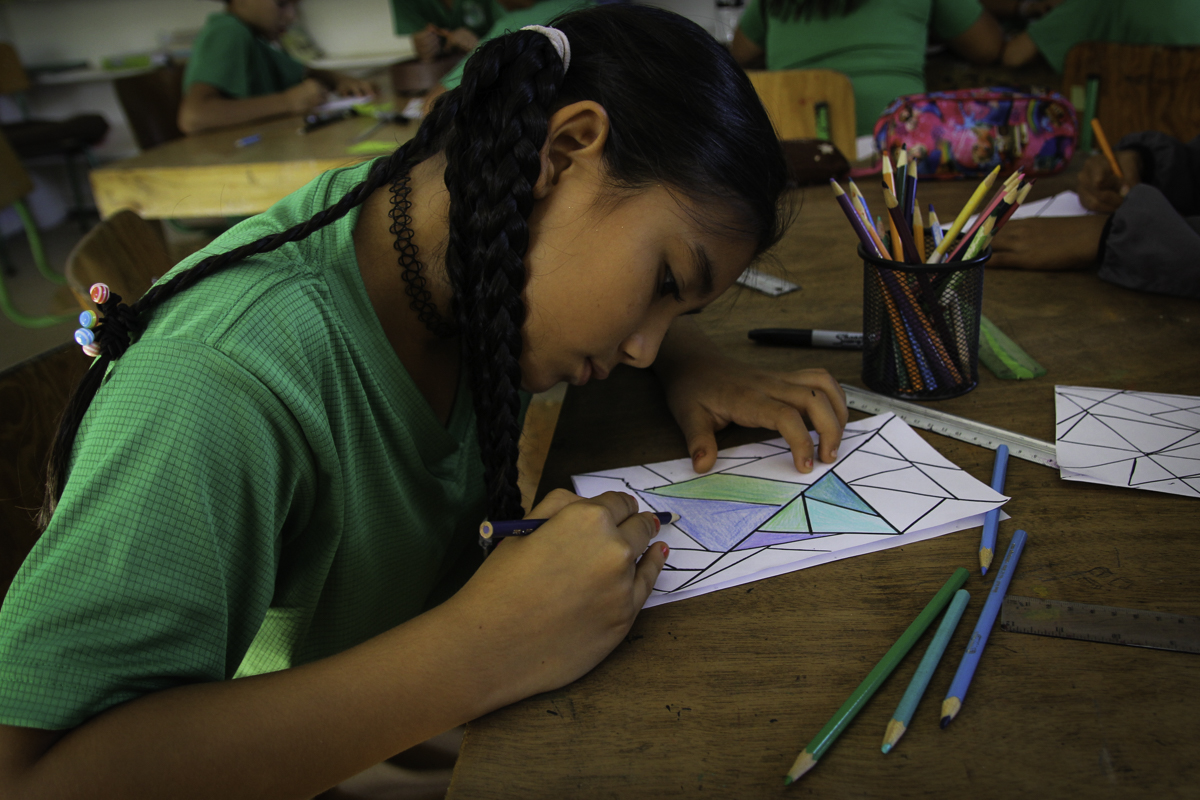I come to you today with some reflections on educational response to the global pandemic, specifically an argument for why curricular enrichment should always be prioritized and, during times of immediate crisis, why it is needed more than ever.
For years, national governments, pedagogical leaders and individual school leaders have battled with the choice of curricular structure.
What is best for each and every child? What is most important? And, most often, where should we invest our limited budget?
During my 7-year tenure here at Futuro verde we have journeyed through these exact questions and pedagogical ponderings. We have arrived at the conclusion that “everything is equally important”. But, what do we mean by that? Many schools place extraordinary emphasis on specific subjects or areas of expertise, but at Futuro Verde we are strongly committed to a holistic curricular commitment. That is why, when you divide our subjects between academic and what are often referred to as “specials” classes, you find a much more even split than can be found at most schools. If there is imbalance, it can often be found to be skewed toward more specials than not with classes such as: Comparative Language Study, Mindfulness, PE, Music, Art, Environmental Education, and the like. The culture of our school is strongly aligned to the notion that, even if I love math and want nothing more than to be an amazing mathematician, I also know that physical and mental strength and health is important and so I practice that too and I ensure a healthy and balanced mind and body during my PE and mindfulness classes. This same approach permeates throughout our school, with an approach very similar to that often championed by elite Liberal Arts colleges and universities around the world.
But, how has our holistic curricular approach translated to crisis schooling in response to the global pandemic?
We continue to self-reflect on this throughout our response to the crisis and our implementation of our COVID-19 protocol, but what we have seen is that, whereas a holistic curricular approach is what we consider best during normal conditions for learning, it has become a lifeline during a time of crisis. And so, we have strengthened our commitment to our holistic values and we maintain our commitment to the liberal arts development of all of our students, from preschool through 12th grade. This commitment has brought with it some inspirational student growth, processes and products during our online model, including:
A whole school music project to create a virtual choir that is currently in the works and will bring our student voices, instrumental and technological skills together across all grade levels in our unique interpretation of “Where is the Love”. How will we do this? Watch an interesting instructional video on the process here.
Participation by our Visual Arts students in the #gettymuseumchallenge, which challenged them to recreate a famous work of art and, in so doing, express their worldview and perspective or reality through art. See some of their inspirational recreations here.
Commitment to the theoretical and practical aspects of physical conditioning and activity through challenges, research and resources for a variety of physical activity, at-home options.
These are only a few samples of the way that a holistic curricular approach has brought balance, peace and creative development to our students during this difficult time we are all living. As a school, we remain committed to a holistic curricular approach and we hope that our school community joins us in this doubling-down during the hardest of times on ensuring a well-rounded approach to learning and to life.
For further exploration on why holistic learning is important in education, please enjoy this Ted Talk from Sir Ken Robinson and shared with me from our own IB 12th grader, Tristan.
If you love our holistic programming and you want to help us through this difficult financial time, please consider contributing to our fundraising campaign at chuffed.org. And, in advance, thank you for supporting an example of what education should look like around the world!


